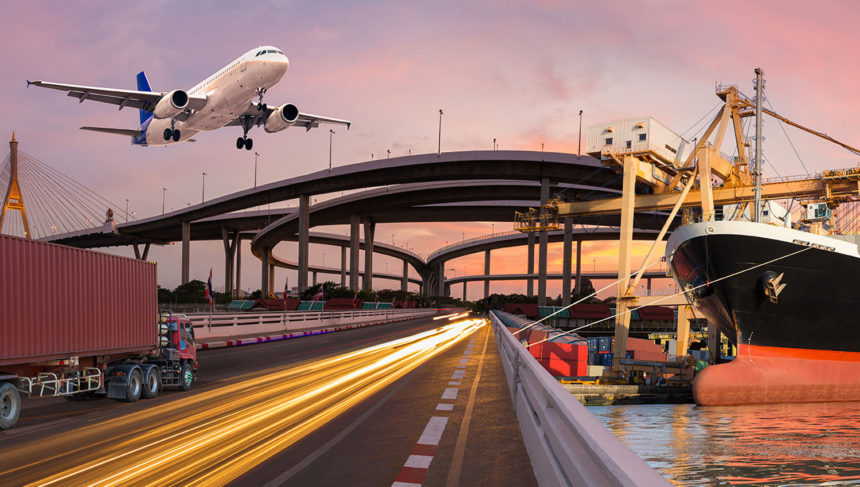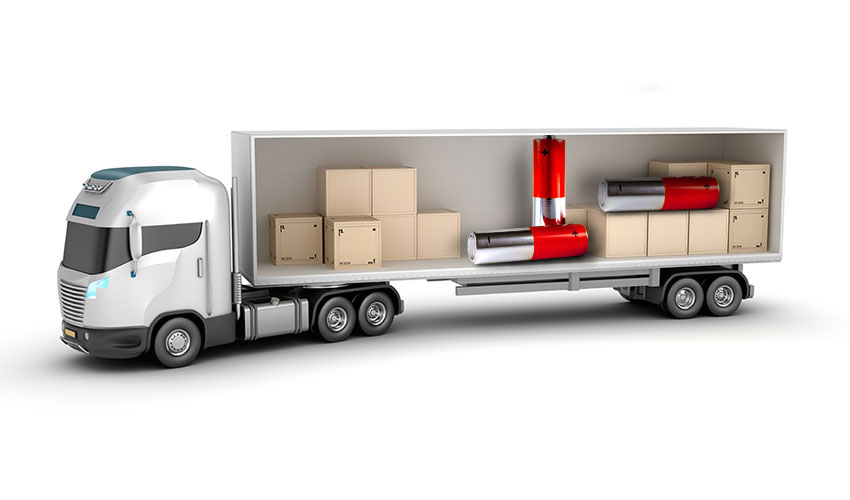
Update of the Transport Regulation for Lithium Batteries
Lithium batteries have become the preferred energy source to power a wide variety of consumer goods, including Telegrafia’s electronic warning devices. Due to increasing safety concerns, the regulations governing the shipment and transport of lithium batteries have been tightened recently. Unlike other hazardous materials, lithium batteries present both chemical and electrical hazards. The combination of these hazards, when increased by the risk of fire, can even lead to an explosion.
Types of Lithium Batteries
There are two types of lithium batteries:
- Lithium-metal batteries
- Lithium-ion batteries
Lithium-metal batteries are generally non-rechargeable and contain metallic lithium. Lithium-ion batteries contain lithium, which is only present in an ionic form in the electrolyte, and they are rechargeable.
How to Pack Lithium Batteries Safely?
The new regulation deals with packing instruction revisions due to the protection against contact with electrically conductive materials within the packaging.
One of the significant risks associated with the transport of batteries and battery-powered equipment is the short-circuiting of the batteries as a result of the battery terminals coming into contact with other batteries, metal objects, or conductive surfaces.
Packaged batteries or cells must be separated in a way to prevent short circuits and damage to terminals. They must be packed in a durable and rigid outer packaging foil.
When shipping by Air MSDS document should be included. The material safety data sheet is a document that contains information about the physical, chemical, explosive, and radioactive data of hazardous materials in a shipment. A copy of this MSDS should be also placed on board the ship for the use of the cargo office.
Which Regulation to Follow?
Lithium batteries in transport must comply with the relevant legislation norms, regarding the method of transport as follows:
- By road — the European Agreement Concerning the International Carriage of Dangerous Goods by Road (ADR)
- By rail — the International Carriage of Dangerous Goods by Rail (RID)
- By air — the International Civil Aviation Organization (ICAO) Technical Instructions (TI) for the Safe Transport of Dangerous Goods by Air and the International Air Transport Association (IATA) Dangerous Goods Regulations
- By sea — the International Maritime Dangerous Goods Code (IMDG Code)
- By inland waterways — the European Agreement Concerning the International Carriage of Dangerous Goods by Inland Waterways (ADN).
For more information, please contact your forwarder as different specific instructions may be applied, depending on a shipping destination.

The article was written by
Monika Siserova
Monika is an international business manager for Balkan, Benelux and Scandinavian states. She worked with a diverse range of organisations, including government institutions, IGOs in the field of migration, private sector and non-profits. The mentioned experience laid a sound foundation for a challenging and meaningful job she has in the Telegrafia Company. Therefore, she is very excited about bringing you the latest news from the field of early warning and notification systems.


